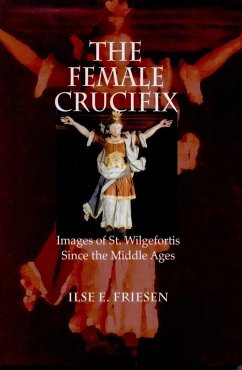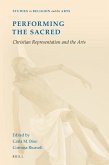Featuring more than twenty illustrations, including several works of art rediscovered by the author, The Female Crucifix provides a new perspective on a very old phenomenon. The legendary bearded female St. Wilgefortis, also known by a variety of other names including "Kummernis" and "Uncumber," was the object of fervent veneration in areas of Western and Central Europe for almost half a millennium. Beginning in the fifteenth century, the legend of her dramatic transformation from a beautiful, privileged princess into a bearded, Christlike martyr on the cross inspired scores of paintings, sculptures, poems, prayers and shrines in her honour all across Europe. In spite of frequent opposition by the hierarchy of the Catholic Church, her cult of veneration at one point nearly rivaled that of the Virgin Mary in some parts of Europe. In this informative and groundbreaking new book, Professor Ilse E. Friesen examines the phenomenon of St. Wilgefortis from an art historical perspective, tracing the origins of depictions of the saint from an early medieval Italian statue known as Volto Santo, or "holy face," through the emergence of increasingly feminized crucifixes over the course of the subsequent centuries. In particular, Professor Friesen focuses on an analysis of paintings, sculptures and frescoes originating in the German-speaking regions of Bavaria and Tyrol, where the veneration of the saint attained its peak. This book will have wide appeal to those interesting in art situated within the context of religion, spirituality, mythology, popular literature and gender relations.








